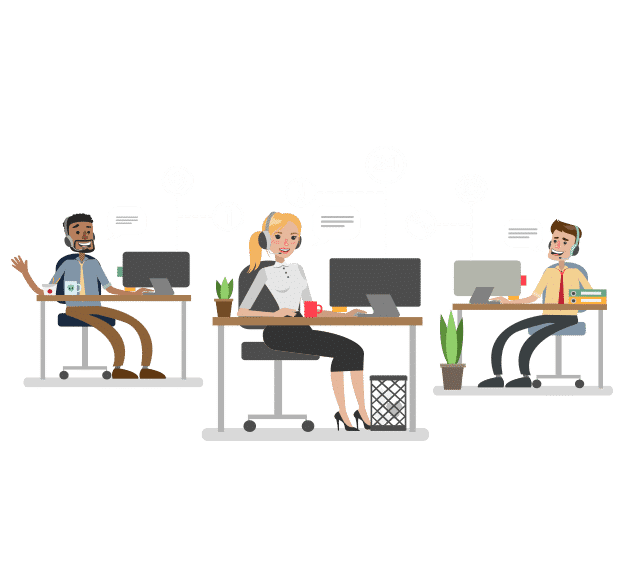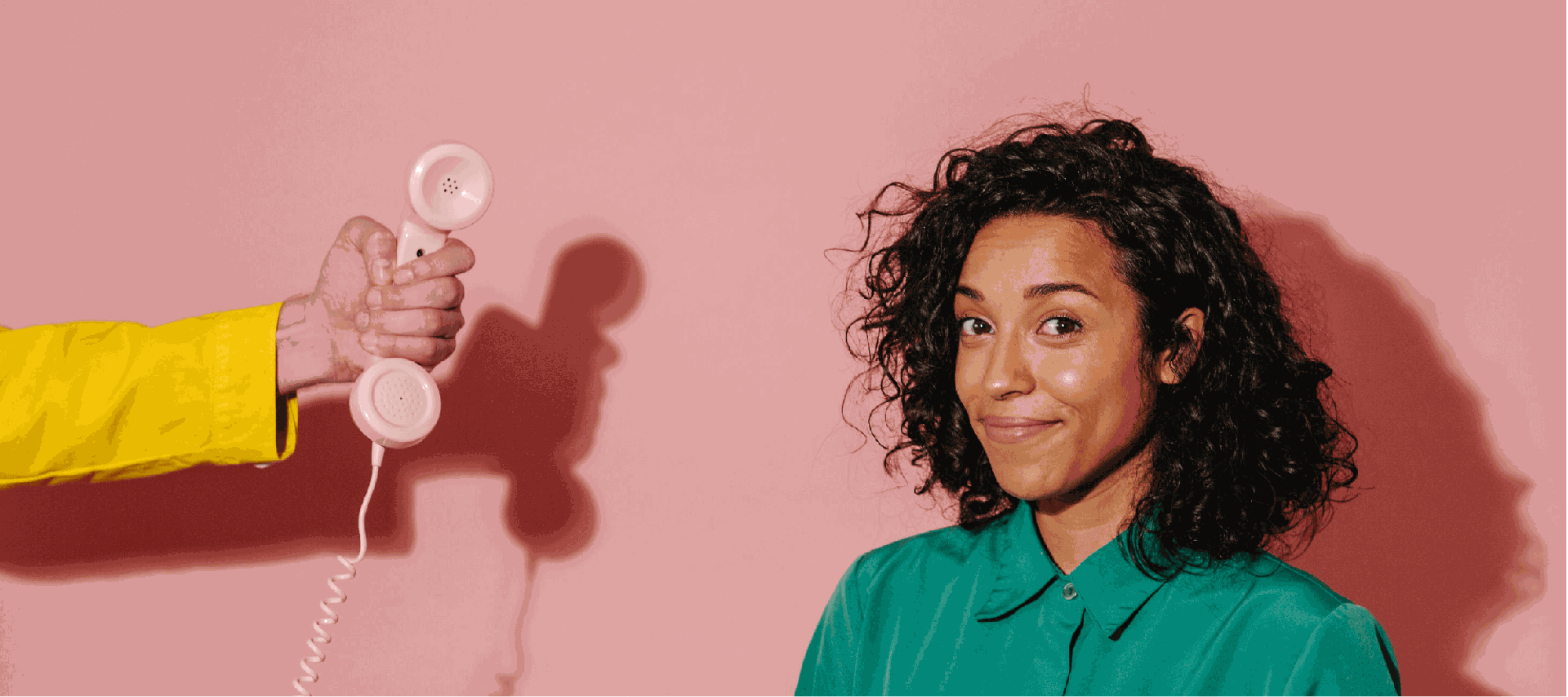All Categories
Featured
Table of Contents
- – Which Is The Best The Benefits Of Secretarial A...
- – Which Is The Best Telephone Answering Service ...
- – Which Is Best Virtual Receptionist (Live Phone...
- – What Is The Best What Is An Answering Service...
- – What Is The Best What Is An Answering Service...
- – Whats The Best Benefits Of Answering Service...
Which Is The Best The Benefits Of Secretarial And Telephone Answering ... Provider
This gadget and its successors were created by Sava Jacobson, an electrical engineer with a personal consulting business. While early answering machines utilized magnetic tape technology, the majority of contemporary devices utilizes strong state memory storage; some gadgets use a combination of both, with a solid-state circuit for the outgoing message and a cassette for the incoming messages.
"toll conserving" listed below) (answering service). This is useful if the owner is screening calls and does not want to consult with all callers. In any case after going, the calling party must be notified about the call having actually been addressed (for the most part this starts the charging), either by some remark of the operator, or by some greeting message of the little, or resolved to non-human callers (e.
This holds particularly for the TADs with digitally saved greeting messages or for earlier machines (prior to the rise of microcassettes) with a special limitless loop tape, separate from a second cassette, committed to recording. There have actually been answer-only devices with no recording capabilities, where the welcoming message needed to inform callers of a state of present unattainability, or e (telephone answering service).
Which Is The Best Telephone Answering Service - Dexcomm - U.s. Based Service?

about schedule hours. In tape-recording TADs the greeting generally includes an invite to leave a message "after the beep". An answering machine that uses a microcassette to record messages On a dual-cassette answerphone, there is an outgoing cassette, which after the specified number of rings plays a pre-recorded message to the caller.

Single-cassette answering devices include the outbound message at the start of the tape and incoming messages on the staying space. They initially play the statement, then fast-forward to the next offered space for recording, then record the caller's message. If there are lots of previous messages, fast-forwarding through them can cause a substantial hold-up.
This beep is often described in the welcoming message, asking for that the caller leave a message "after the beep". Littles with digital storage for the taped messages do disappoint this hold-up, of course. A TAD may provide a push-button control facility, where the answerphone owner can ring the house number and, by getting in a code on the remote telephone's keypad, can listen to recorded messages, or delete them, even when far from house.
Which Is Best Virtual Receptionist (Live Phone Answering Service) Company

Therefore the machine increases the number of rings after which it answers the call (usually by two, resulting in four rings), if no unread messages are presently saved, but responses after the set variety of rings (generally 2) if there are unread messages. This enables the owner to discover whether there are messages waiting; if there are none, the owner can hang up the phone on the, e.
Some makers likewise allow themselves to be remotely activated, if they have actually been turned off, by calling and letting the phone ring a specific a great deal of times (usually 10-15). Some company abandon calls currently after a smaller sized number of rings, making remote activation difficult. In the early days of TADs a special transmitter for DTMF tones (dual-tone multi-frequency signalling) was regionally required for remote control, given that the formerly employed pulse dialling is not apt to convey proper signalling along an active connection, and the dual-tone multi-frequency signalling was implemented step-by-step.
Any inbound call is not recognizable with respect to these properties in advance of going "off hook" by the terminal devices. So after going off hook the calls need to be switched to appropriate gadgets and only the voice-type is right away accessible to a human, however maybe, nonetheless need to be routed to a LITTLE BIT (e.
What Is The Best What Is An Answering Service? To Get Right Now
What if I informed you that you do not have to in fact get your device when answering a client call? Somebody else will. So convenient, right? Addressing telephone call doesn't require somebody to be on the other end of the line. Efficient automated phone systems can do the trick simply as efficiently as a live representative and often even much better.
An automated answering service or interactive voice reaction system is a phone system that interacts with callers without a live person on the line - virtual call answering service. When business use this innovation, clients can get the answer to a question about your service merely by using interactions set up on a pre-programmed call circulation.
Although live operators update the client service experience, numerous calls do not need human interaction. A simple documented message or guidelines on how a client can retrieve a piece of details generally solves a caller's immediate requirement - business call answering service. Automated answering services are an easy and effective way to direct inbound calls to the right individual.
What Is The Best What Is An Answering Service? The Ultimate Guide - Cms On The Market
Notice that when you call a company, either for support or product questions, the first thing you will hear is a pre-recorded voice welcoming and a series of alternatives like press 1 for customer care, press 2 for queries, and so on. The pre-recorded choices branch off to other options depending on the consumer's selection.
The phone tree system helps direct callers to the ideal person or department utilizing the keypad on a smart phone. In some circumstances, callers can utilize their voices. It's worth keeping in mind that auto-attendant alternatives aren't restricted to the 10 numbers on a phone's keypad. As soon as the caller has actually picked their very first alternative, you can create a multi-level auto-attendant that uses sub-menus to direct the caller to the best sort of assistance.
The caller does not need to interact with a person if the auto-attendant phone system can handle their concern. The automatic service can route callers to a staff member if they reach a "dead end" and need support from a live representative. It is costly to hire an operator or executive assistant.
Whats The Best Benefits Of Answering Service - Professional Services
Automated answering services, on the other hand, are considerably cheaper and offer substantial expense savings at an average of $200-$420/month. Even if you do not have actually devoted staff to manage call routing and management, an automatic answering service improves productivity by allowing your group to concentrate on their strengths so they can more efficiently spend their time on the phone.
A sales lead routed to customer care is a lost shot. If a consumer who has product questions reaches the wrong department or receives incomplete answers from well-meaning workers who are less trained to manage a particular kind of question, it can be a cause of aggravation and frustration. An automatic answering system can reduce the variety of misrouted calls, consequently assisting your staff members make much better use of their phone time while maximizing time in their calendar for other tasks.
With Automated Answering Systems, you can create a customized experience for both your personnel and your callers. Make a recording of your primary welcoming, and just update it frequently to show what is going on in your organization. You can produce as lots of departments or menu options as you desire.
Table of Contents
- – Which Is The Best The Benefits Of Secretarial A...
- – Which Is The Best Telephone Answering Service ...
- – Which Is Best Virtual Receptionist (Live Phone...
- – What Is The Best What Is An Answering Service...
- – What Is The Best What Is An Answering Service...
- – Whats The Best Benefits Of Answering Service...
Latest Posts
Budget-Friendly Call Management Service Near Me ( QLD)
Reputable Receptionist Service Near Me ( Perth 6008)
After Hours Answering Near Me – Australia
More
Latest Posts
Budget-Friendly Call Management Service Near Me ( QLD)
Reputable Receptionist Service Near Me ( Perth 6008)
After Hours Answering Near Me – Australia